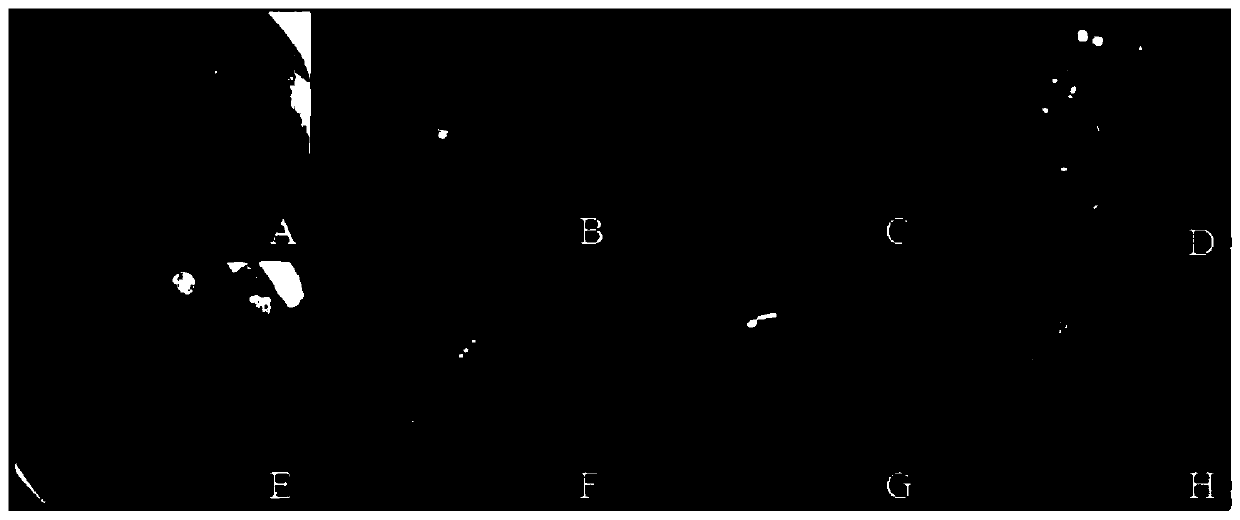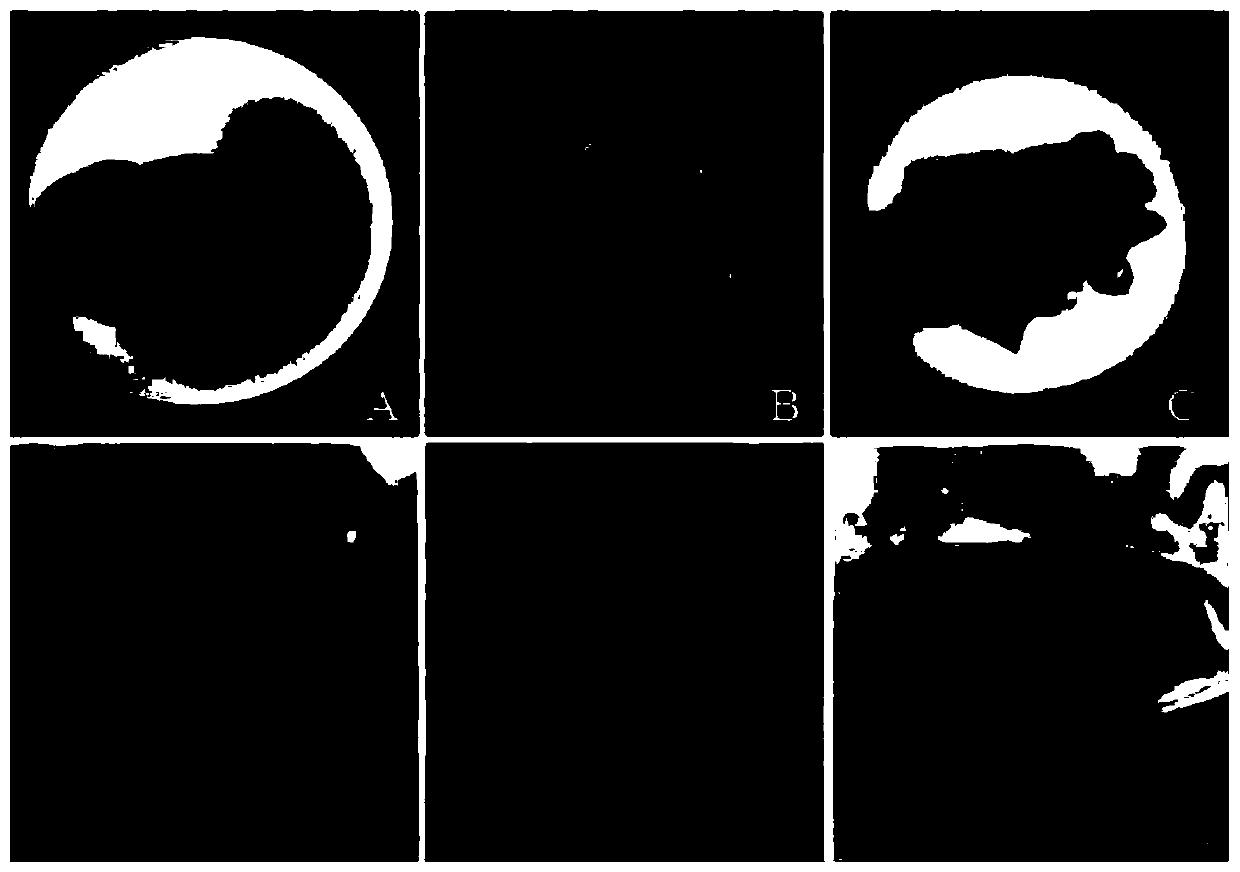Rapid propagation method of liriodendron sino-americanum with leaves as explants
A technology of explants and mandarin jackets, which is applied in the field of woody plant tissue culture seedlings, can solve the problems of cuttings, grafting and propagation difficulties, and Asian and American mandarin jackets. high effect
- Summary
- Abstract
- Description
- Claims
- Application Information
AI Technical Summary
Problems solved by technology
Method used
Image
Examples
Embodiment 1
[0055] Embodiment 1: the selection of disinfection time, explant, dark treatment time
[0056] Collection of explants: Choose a sunny day, around 2 pm, take the young leaves that germinate in spring, cut them off from the branches together with the petiole, mark them, put them in an ice box and bring them back to the laboratory, and place them in a refrigerator at 4°C overnight.
[0057] (1) Selection of disinfection time
[0058] Pretreatment and disinfection method of explants: Soak the leaves with petioles that have been placed overnight in detergent for 3-5 minutes, brush gently with a soft brush in one direction, rinse them, put them into the cup and seal them with gauze In a beaker, rinse under tap water for 30 minutes. Put the explants washed with running water into a pre-sterilized Erlenmeyer flask, shake and wash them twice with high-pressure sterilized cooled sterile water, then soak them in 75% alcohol for 30 seconds, and rinse them with sterile water after soaking...
Embodiment 2
[0076] Embodiment 2: the callus induction of Yameimandarin
[0077] Cut the leaves to an area of 1cm 2 Leaf disks of large and small sizes are inoculated in callus induction medium, and after about 7 days of cultivation, the edge of the leaf begins to curl; after about 20 days of cultivation, a small amount of transparent callus has begun to form at the incision of the edge of the leaf; after about 35 days of cultivation, the volume of the callus structure has formed on the entire leaf disk After that, the callus continued to proliferate, and the volume also continued to increase. After culturing for about 50 days, the callus structure was completely formed, showing a green, dense and solid shape with a grainy feel on the surface ( image 3 ).
[0078] (1) Effect of hormone ratio on XY1 callus induction
[0079] It can be seen from Table 2-1 that among the 9 treatments, treatment 6 has the highest callus induction rate for XY1, with an average value of 93.33%, and the high...
Embodiment 3
[0110] Embodiment 3: callus differentiation of S. japonica
[0111] Differentiation culture: In this example, MS was used as the basic medium, and three hormones of 6-BA, IBA, and KT were added in different concentrations, as well as 500 mg / L of CH, 30 g / L of sucrose, and 7.0 g / L of agar as the differentiation medium. The pH of the medium was adjusted to 5.72. In addition, 5.0g / L VC was added to different treatments. All media were sterilized and solidified in an autoclave at 121°C for 20 min before use. Orthogonal experiment L9 with 3 factors and 3 levels (3 3 ), each genotype was inoculated with 20 flasks under each treatment, and repeated 3 times.
[0112] Transfer the embryogenic callus to the differentiation medium, inoculate for about 25 days, the raised granules on the surface of the callus gradually turn into bud bumps, and turn from green to bright white; about 35 days after inoculation, the tender white bud bumps gradually emerge into light green about 50 days af...
PUM
 Login to View More
Login to View More Abstract
Description
Claims
Application Information
 Login to View More
Login to View More - R&D
- Intellectual Property
- Life Sciences
- Materials
- Tech Scout
- Unparalleled Data Quality
- Higher Quality Content
- 60% Fewer Hallucinations
Browse by: Latest US Patents, China's latest patents, Technical Efficacy Thesaurus, Application Domain, Technology Topic, Popular Technical Reports.
© 2025 PatSnap. All rights reserved.Legal|Privacy policy|Modern Slavery Act Transparency Statement|Sitemap|About US| Contact US: help@patsnap.com



